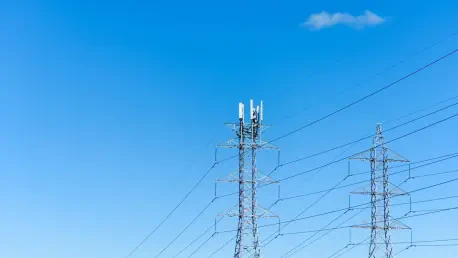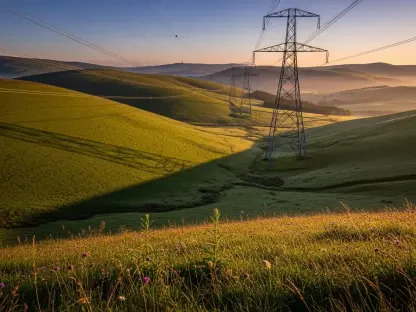Oregon’s groundbreaking legislative efforts focusing on microgrid development have sparked a transformative wave in the energy sector. These initiatives are poised to address critical challenges related to grid reliability and environmental impacts. As the state embraces decentralization in energy systems, stakeholders nationwide are keenly watching to see how its approach can redefine energy independence and infrastructure resilience.
Unpacking the Microgrid Revolution in Oregon
The purpose of analyzing recent advancements in Oregon’s energy policies lies in their potential nationwide influence. With bills HB 2065 and HB 2066 setting a new standard for grid resilience, these legislative actions underscore the importance of adaptability in the face of climate change and increasing electricity needs. Oregon’s strategic push toward microgrid implementation offers promising insights for states grappling with similar energy challenges.
Microgrids, capable of functioning autonomously from traditional power infrastructures, represent a paradigm shift in energy distribution. The legislation was born from an urgent need—a desire to stave off power interruptions due to severe weather or wildfire threats. By instituting comprehensive regulatory guidelines for microgrid deployment, Oregon is charting a course for enhanced energy reliability through localized power solutions.
Analyzing Market Impacts and Industry Trends
Microgrid Integration: Opportunities and Challenges
Oregon’s legislative framework facilitates microgrid adoption, allowing power systems to operate independently and sustain critical services. By fostering community-owned and private microgrids, Oregon stands at the forefront of energy innovation. This trajectory promises significant cost savings and energy efficiency, enriching communities, especially those prone to frequent power disruptions.
However, deploying and integrating microgrids are complex endeavors requiring substantial investment and meticulous planning. Regulatory provisions must align with safety and reliability standards to mitigate integration challenges, ensuring smooth utility cooperation. As these systems become more mainstream, they could revolutionize how energy distribution networks are managed, offering a resilient alternative to centralized power systems.
Navigating Regulatory Frameworks and Technological Advances
A critical factor in Oregon’s microgrid strategy is the establishment of a coherent policy landscape fostering community resilience. With an eye on decentralized energy, the state legislation aims to navigate the intricacies of implementing microgrids while maintaining equitable interactions between utilities and communities. Technological advances, such as blockchain solutions and smart grid capabilities, further bolster efforts in optimizing these localized power systems.
As Oregon continues to refine its regulatory landscape, other states might draw inspiration from its approach, potentially adopting analogous frameworks to address regional power vulnerabilities. This legislative foresight could redefine traditional energy paradigms, paving the way for enhanced market dynamics and emergent technologies in decentralized energy distribution.
Reflecting on Findings and Strategic Directions
Oregon’s progressive legislation has paved the way for innovative microgrid systems, showcasing the state’s leadership in promoting sustainable energy solutions. While the path to widespread microgrid deployment might be fraught with challenges, it hints at myriad opportunities for enhancing energy resilience through decentralized frameworks. Strategic policy implementation combined with community involvement is crucial for realizing the potential benefits of these systems.
Looking forward, stakeholders should assess the implications of Oregon’s microgrid initiatives and explore creative partnerships for advancing energy strategies. Investing in both technology and regulatory advancements can bridge current gaps, propelling sustainable energy innovation. Ultimately, as states like Oregon champion the cause, this could catalyze profound transformations in energy independence and infrastructure stability.









